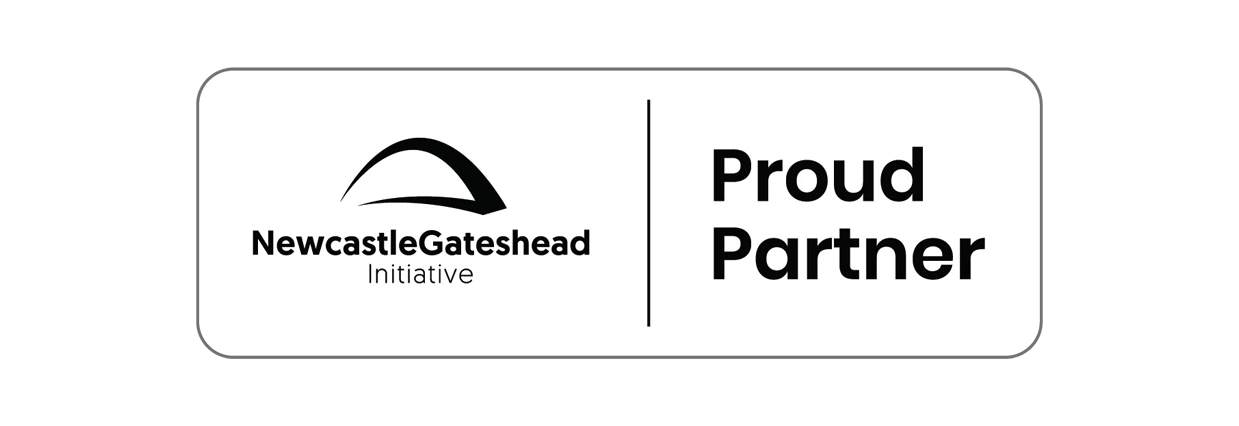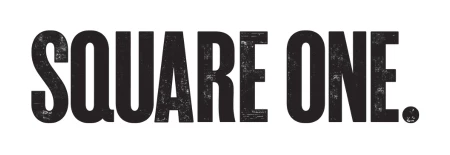Partner Article
How SMEs should tackle social media
The changing pace of the digital world is fast and furious. Just how many social platforms should businesses by using, and how do they know if it’s working; more importantly, where is the return coming from?
It is not necessary to be on every single social networking platform. What is important however is testing and measuring to see which platforms work for you and your business. Whilst at first this may seem time consuming, it’s better to invest the time at the start than lose hours on feeding the wrong platform.
It’s true that some platforms work better for different industry sectors. Facebook, for example has a higher success rate when it’s used for Business to Consumer campaigns. Success can be defined by whatever your end objective is. Facebook define success for brand pages as being about the level of engagement and sharing of content. Facebook purchased photo blogging site Instagram in the Spring of 2012 and within months the look of the Facebook Newsfeed had changed. By optimising the size of images, it made them more of a focal point in the user experience. For brands such as Red Bull, who engage heavily with their audience, this worked in their favour and they are consistently in the Top 3 of brands using Facebook most effectively.
How does this then translate to SME’s? You need to understand your audience and get to know how they like to engage. For example, baby change bag supplier Caboodle Bags based in Leeds regularly review their statistics using Facebook’s own Insights report. The report gives a breakdown per post showing how popular it has been. By simply studying these figures over a period of 4 weeks they could see that their audience was very much image and video driven. Armed with this knowledge they tailored their strategy to reflect this which in turn saw an influx of new page likes and a higher volume of traffic driven to their website.
Of course this is all great for B2C but the perceived tougher challenge is the Business to Business market. Linkedin is widely acknowledged as the most effective platform for B2B. Taking part in Linkedin forum discussions is a strong engagement metric, with senior managers and executives keen to establish themselves as experts within their field. Businesses can tap into this by creating discussion topics and driving the conversation.
As mobile technology advances, making social networking accessible regardless of time and place busy executives can view any platform whilst on the go. How the information is consumed also varies greatly, with short videos being favoured by members of the C-Suite.
Dealing with negative tweets or potentially damaging reviews is placing the role of customer service very much in the spotlight. Consumers can simply jump onto the Twitter platform for example and share their experiences with the world in just a few minutes. Having damage limitation processes in place and agreed prior to such an event means that brands can quickly respond.
Approaching Social Media with a random, sporadic update a couple of times a month is not going to achieve anything. To really see a return a comprehensive strategy is required, which answers the following key questions;
- What is your objective for using social media?
- What does a return on investment look like? Is it financial, or to raise brand awareness?
- Who is your target market? Where do they ‘hang out’ on line?
- Once these questions are answered it should give you an insight as to where your efforts should be focused.
Testing and measuring on the different platforms is vital. There are many tools on line to facilitate doing this, some are free such as Facebook Insights, and Hootsuite whilst others are ‘paid for’ such as Sprout Social. Each has their merits but all perform similar functions. Google Analytics should also be installed on your website, allowing you to really drill down into the referred traffic source.
Social Media is not something that belongs solely to one department or another. Whilst marketing will certainly take the lead, input should be given from all aspects of the business, from reception through to the production team.
Ultimately people still buy from people and the word ‘social’ is the key to any successful campaign.
This was posted in Bdaily's Members' News section by Cat Yaffe .
Enjoy the read? Get Bdaily delivered.
Sign up to receive our popular morning National email for free.








 Setting a new standard in tackling city crime
Setting a new standard in tackling city crime
 Why B Corp must be more than window-dressing
Why B Corp must be more than window-dressing
 Why collaboration is key to a stronger economy
Why collaboration is key to a stronger economy
 Crisis comms lessons from the Astronomer Scandal
Crisis comms lessons from the Astronomer Scandal
 The real cost of tendering for construction SMEs
The real cost of tendering for construction SMEs
 A welcome step forward – but let’s keep pushing
A welcome step forward – but let’s keep pushing
 Industrial strategy 'can drive business forward'
Industrial strategy 'can drive business forward'
 Industrial strategy 'can be game-changer we need'
Industrial strategy 'can be game-changer we need'
 Driving skills forward with near £100,000 boost
Driving skills forward with near £100,000 boost
 What pension rule changes could mean for you
What pension rule changes could mean for you
 North East can't be an afterthought in AI future
North East can't be an afterthought in AI future
 Understanding the impact of the Procurement Act
Understanding the impact of the Procurement Act